Acupuncture and TCM Books
Clinical Introduction To Medical Acupuncture
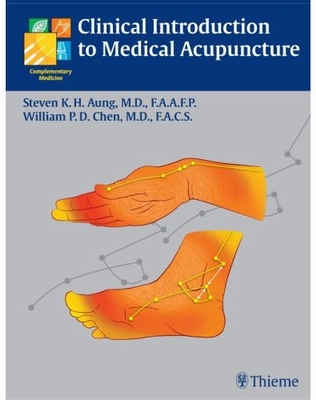 Clinical Introduction To Medical Acupuncture
Clinical Introduction To Medical Acupuncture
Check New and Used Prices
by Steven K. H., M.D. Aung, William Pai-Dei Chen
Description
This introductory text presents a systematized and in-depth clinical approach to medical acupuncture. Covering basic concepts in anatomy, physiology, and pathology, Clinical Introduction to Medical Acupuncture will give practitioners the confidence to apply acupuncture and ancillary techniques, such as needling, moxibustion, cupping and electroacupunture, to treat a wide range of acute and chronic diseases and conditions.
Features:
- Succinct descriptions of theory and points
- Tips on using anatomical landmarks to ensure precise point localization
- Clinical pearls on how to apply techniques for common conditions
- Clear illustrations and comprehensive tables that synthesize key information on indications, acupuncture points, and treatment plans, ideal for quick review and reference
- Short self-study quizzes for each topic and a comprehensive final exam that help the practitioner identify areas requiring additional study
- Discussion of the importance of self-care and cultivation, Qi Gong, and other techniques to enhance healing
This book will benefit not only acupuncturists and complementary medicine practitioners, but also Western medical practitioners in family medicine, physical and rehabilitation medicine, pain medicine, neurology, oncology, rheumatology, gynecology, dentistry and other specialties. Practitioners studying for certification and licensing exams in medical acupuncture will also find this book an indispensable tool.
Table of Contents
Section I: Introduction to Traditional Chinese Medicine
Section II: The Channels
Section III: Acupoints and Treatment Technique
Section IV: Diagnosis and Differentiation of Syndromes, and Treatment Modalities
Section V: Microsystems
Section VI: Treatment of Selected Syndromes and Diseases
Section VII: Traditional Chinese Medicine Therapeutic Modalities
Appendix 1: Glossary of Acupuncture Terms
Appendix 2: Chapter Quiz Answer Key
Appendix 3: Suggested Readings
Page Views
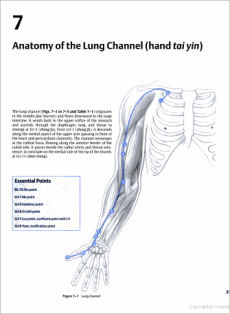
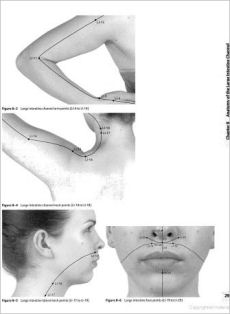
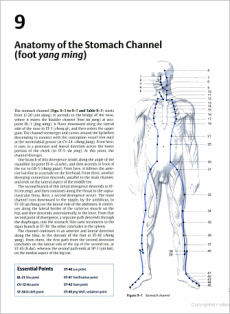
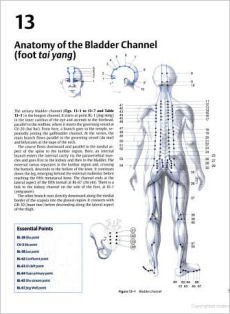
Clinical Introduction To Medical Acupuncture
Check New and Used Prices
Foreword:
The theory and practice of medical acupuncture and related therapies such as moxibustion and cupping have a long and distinguished history of healing over the past four thousand years. They have spread around the world—and many countries today have accepted these beneficial therapeutic modalities as part of their health care practices. At the same time, we are beginning to understand and appreciate more natural and holistic approaches to disease and illness.
With modern biomedical science and technology, why do people in today´s world still want to use such an ancient medical approach? First, it is inexpensive and proven to be effective in treating many diseases without iatrogenic effects. Second, modern scientific researchers are verifying that acupuncture has notable effects in regulating the vital energy of the body, relieving pain, strengthening immunity, and enhancing recovery from soft tissue injuries. Third, acupuncture appears to regulate various vital energetic imbalances of the body, mind, and spirit.
The World Health Organization has supported the use of acupuncture for a wide variety of conditions, and in many nations around the world medical acupuncture has been accepted as a useful and viable clinical therapy. There are many different training programs, including intensive focused training courses for medical practitioners and some equally intensive programs for non-medical health care practitioners. Dr. Steven K.H. Aung has made a great contribution to the spread of medical acupuncture. Using the University of Alberta as the center of his medical acupuncture teaching activities, he has worked to develop clinic services, scientific studies, and education in the fields of acupuncture and related complementary therapies for many years. Because of his efforts, many biomedical physicians and other health care practitioners have learned to use acupuncture to treat pain and disease, and the province of Alberta, Canada, has become one of the leading jurisdictions in Canada to approve and regulate the practice of acupuncture.
Dr. Aung´s teaching has been very successful over the past 15 years. At the beginning of 1994, I served as the invited External Examiner in acupuncture for Dr. Aung´s acupuncture course, where Dr. Aung and I jointly supervised the final examination of the Certificate Program in Medical Acupuncture at the University of Alberta. I found that the physicians, physical therapists, and dentists who had completed Dr. Aung´s intensive course all had thoroughly grasped the knowledge and skills of acupuncture and related therapies. This compelled my admiration and respect. I believe Dr. Aung´s intensive medical acupuncture program serves as a viable model for an international medical acupuncture training center.
Now, in this book, Dr. Aung offers an intensive course and clinical studies based on his long experience in the field of acupuncture. This book, co-authored by Dr. William P. D. Chen, comprehensively introduces the basic theories, the vitally important knowledge, and the essential necessary skills of medical acupuncture and related therapies. It highlights the essential theoretical strength and clinical power of Traditional Chinese Medicine and meets the need of Western biomedical physicians in their quest for knowledge and understanding of medical acupuncture. I believe that this book will be well received by all concerned and will be a necessary item in integrative medical education for the present and for years to come.
Clinical Introduction To Medical Acupuncture
Check New and Used Prices